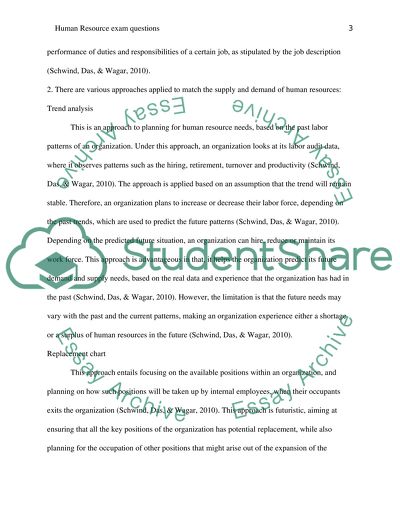Cite this document
(Job Analysis Process and Approaches Applied to Match the Supply and Assignment, n.d.)
Job Analysis Process and Approaches Applied to Match the Supply and Assignment. Retrieved from https://studentshare.org/human-resources/1460541-human-resource-exam-questions
Job Analysis Process and Approaches Applied to Match the Supply and Assignment. Retrieved from https://studentshare.org/human-resources/1460541-human-resource-exam-questions
(Job Analysis Process and Approaches Applied to Match the Supply and Assignment)
Job Analysis Process and Approaches Applied to Match the Supply and Assignment. https://studentshare.org/human-resources/1460541-human-resource-exam-questions.
Job Analysis Process and Approaches Applied to Match the Supply and Assignment. https://studentshare.org/human-resources/1460541-human-resource-exam-questions.
“Job Analysis Process and Approaches Applied to Match the Supply and Assignment”, n.d. https://studentshare.org/human-resources/1460541-human-resource-exam-questions.


